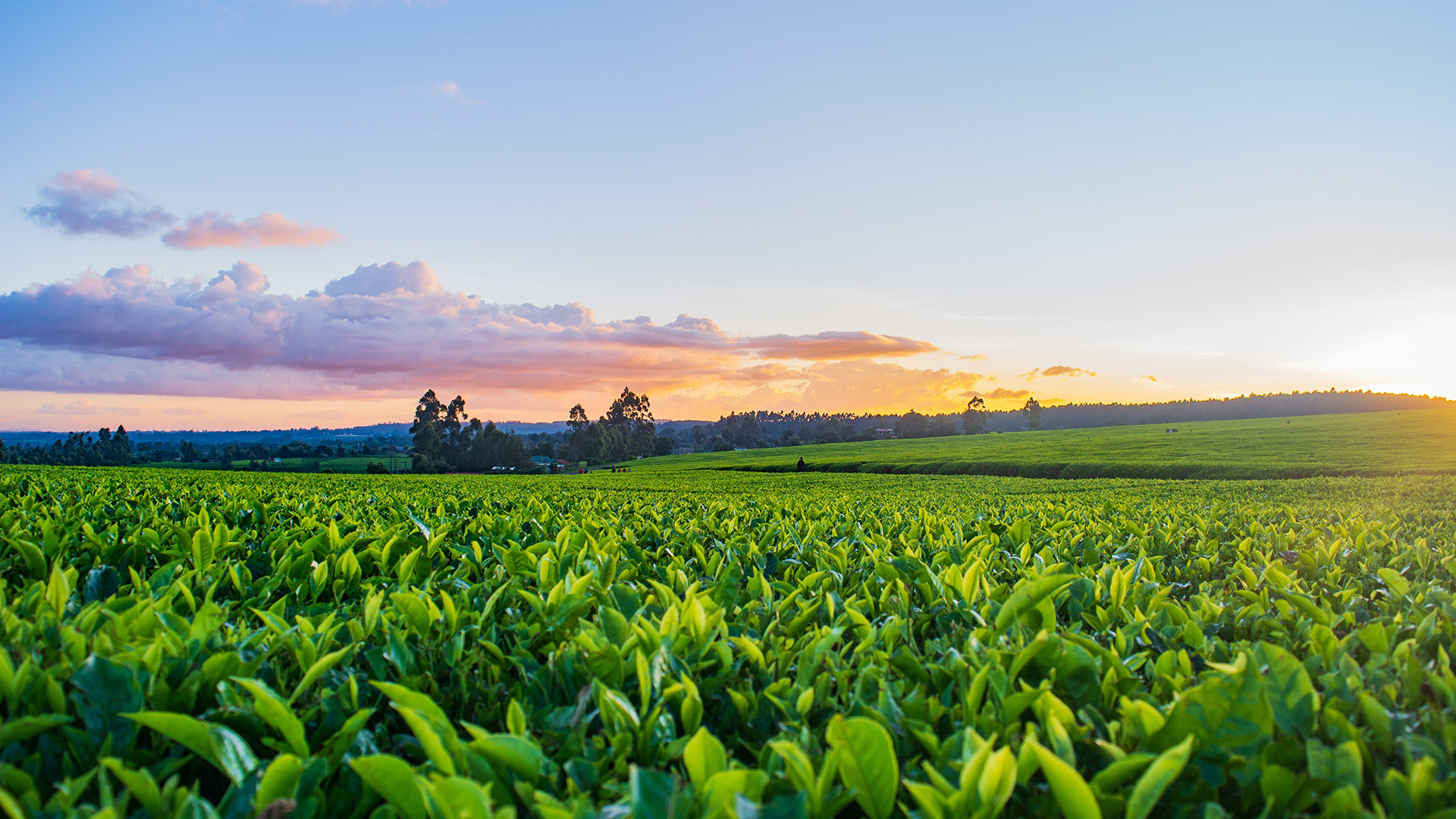21 November 2023
Danish farmers are ready to embrace new technologies to support the green transition and ensure smarter production. Multi-robot systems are a crucial part of the solution, but barriers need to be dismantled and teething problems eliminated for seamless interaction between farmers and robots.

Self-driving robots are replacing diesel-powered giant machines, and multi-robot systems enable several robots to collaborate in the fields. Precision spraying of fertilizers and pesticides reduces the use of spray chemicals.
There are both environmental and efficiency gains in entrusting fieldwork to robots, and technology plays a vital role in the agricultural green transition.
“One of the major problems in agriculture is that farm machinery is getting larger and larger. However, when large machines traverse the ground, they compact the soil, requiring a significant amount of energy to repair the damage they cause. If instead, we deploy smaller, autonomous robots, we can increase efficiency without causing damage to the environment.”
– Anders Lyhne Christensen, Professor, University of Southern Denmark, UAS Center
The development imposes new requirements on both technology and users. In the HERD project, funded by DIREC – Digital Research Centre Denmark, Aalborg University’s expertise in designing user interfaces, University of Southern Denmark’s (SDU) knowledge of robotics, and Copenhagen Business School’s (CBS) insights into market creation and business models are combined with use cases from various companies developing robot systems.
AGROINTELLI, a Danish scaleup, is one such company working to break down barriers preventing farmers from adopting new technologies. Alea Scovill, R&D Manager at AGROINTELLI, emphasizes the importance of addressing factors like price, robustness, and user-friendliness to facilitate wider robot adoption.
“At AGROINTELLI, efforts are being directed towards breaking down some of the barriers currently preventing several farmers from adopting new technologies – a challenge encountered by the majority of field robot companies in the EU, says R&D Manager Alea Scovill from AGROINTELLI.
“If farmers cannot see how the robot fits into the farm and can be used without significant instruction, sales are lost. Price, robustness, and user-friendliness are other parameters influencing the adoption and serving as barriers for more farmers to embrace the robots,” explains Alea Scovill, who is in close dialogue with the involved researchers from CBS.
The role of CBS researchers in the project is precisely to explore the market challenges and commercial opportunities in the technology, and what it takes to mature the market. PhD student Alexandra Hettich, for instance, has interviewed various stakeholders such as sales personnel and dealers, and will soon interview the farmers.
“Agriculture is particularly interesting as a domain. With the introduction of robots, the farmer’s work is significantly altered, and the obstacles to a successful implementation of this groundbreaking technology vary in nature. Therefore, we need to analyze the diversity of obstacles before developing concrete solutions to overcome them,” says Alexandra Hettich, PhD student at CBS.”
According to Professor Anders Lyhne Christensen from the University of Southern Denmark, the project leader for the project, the results are particularly interesting because they cover all aspects of technology, focusing on both the technological challenges, user experience, and the commercial aspects of agricultural robots as a business area.
“At SDU, we work with multi-robot systems and focus on how to make robots do what they need to do and provide the user with the information they need. Aalborg University works on user interfaces and user interfaces, such as how users can keep track of what robots have done, what they are currently doing, and what they will do in the future. In other words, how to give the user the right buttons to turn. Finally, CBS focuses on the business part for companies developing these robots and what business models may be promising for them. How can they access the market, and what happens at the other end with the organizations that need to use multi-robot systems, how do they change?” explains Anders Lyhne Christensen.
The focus is largely on users’ understanding and use of the technology, he elaborates.
“We can certainly create robots and program them to do this and that, but getting them to work in the real world requires that people can control them. What we are working on is therefore the interaction between the AI in the robots, the people who have to control the robots, and the organizations around them.”
“It doesn’t work if the farmer has to keep an eye on the robot while it performs the task – not much is gained then. Instead, it is important to be able to oversee what several robots are doing at once.”
It may also be that the farmer himself does not have to monitor the robots, but a company that monitors robots for 50 farmers at a time, and then it changes those organizations because new job functions and responsibilities come with the technology.”
Alea Scovill is pleased with the collaboration with the researchers. It works well, says the R&D manager.
“The flow of information between the partners in the project has been relatively smooth. At AGROINTELLI, we have primarily worked with CBS and Aalborg University because their research areas fit well with our situation. CBS is investigating the market obstacles for ROBOTTI. And at Aalborg University, the researchers have developed a new proposal for a user interface for remote monitoring of multiple robots, and they will soon interview an agricultural school about the experience of the new user interface,” says Alea Scovill.
In the HERD project, researchers, along with industrial partners, aim to develop technologies that enable end-users to engage and control systems consisting of multiple robots. The goal is to enhance the value of industrial products by enabling faster and more cost-effective completion of current tasks and addressing entirely new tasks that require coordinated robot efforts.
Project period: 2021 to 2025
Budget: DKK 17.08 million
Partners: University of Southern Denmark, Aalborg University, Copenhagen Business School, AGROINTELLI, ROBOTTO, and the Danish Technological Institute.